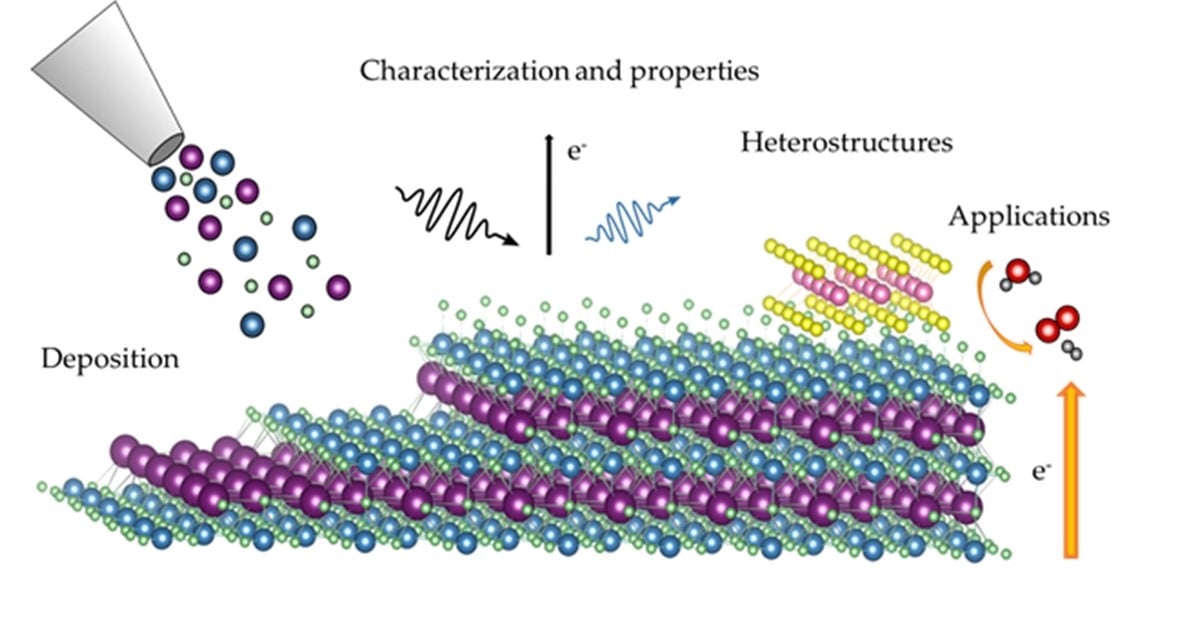Current Research in Thin-Film Deposition: From Principles and Technologies to Film Properties and Applications
A special issue of Materials (ISSN 1996-1944). This special issue belongs to the section "Thin Films and Interfaces".
Deadline for manuscript submissions: 20 September 2024 | Viewed by 2728

Special Issue Editors
Interests: surface physics and chemistry; model heterogeneous catalysis; transition metal and rare-earth oxides; low-dimensional materials
Special Issues, Collections and Topics in MDPI journals
Interests: nanoscience; material characterization; thin films and nanothecnology; synchrotron facilities
Special Issue Information
Dear Colleagues,
Thin films represent a mature, well-established field that bridges an almost unlimited range of potential applications, including functional coatings, optoelectronics, sensing, energy harvesting and storage, and heterogeneous catalysis. This variety is thanks to the unique properties of these films, which may substantially deviate from their bulk counterparts due to the small thickness, higher surface-to-volume ratio, strong interface interactions with other compounds in multiple device architectures, and internal microstructure.
Many of the abovementioned factors depend highly on the deposition technique; for example, the same compound can present rather distinct properties depending on its density, compactness, morphology, crystallinity, microstructure, or doping, all easily tunable by setting specific growth conditions for multiple physical or chemical deposition methods. Combined with the variety of multi-element compounds and all possible crystallographic structures, including the absence of the long-range order of amorphous and nanocrystalline films, the possibilities for multiple applications are countless, which explains why, after decades of intense work, the thin-film field remains a hot experimental and theoretical research topic both in terms of characterization and optimization.
Furthermore, the appearance of 2D materials in recent years, together with the industrial requirements in terms of device miniaturization, has pushed the thin-film community towards new questions and challenges, driving the field into making thinner devices based on single layers or the synthesis of heterostructures by combining multiple 2D materials with more classical nanometric or micrometric thin-film architectures.
Considering this exciting framework, this Special Issue is seeking a comprehensive overview of the latest developments in thin-film deposition and synthesis, covering areas from first principles to deposition technologies, film properties including 2D-based materials, and applications. We invite you to submit an original manuscript, state-of-the-art review, communication, or topic discussion.
Prof. Dr. Jan Ingo Flege
Dr. Carlos Morales
Guest Editors
Manuscript Submission Information
Manuscripts should be submitted online at www.mdpi.com by registering and logging in to this website. Once you are registered, click here to go to the submission form. Manuscripts can be submitted until the deadline. All submissions that pass pre-check are peer-reviewed. Accepted papers will be published continuously in the journal (as soon as accepted) and will be listed together on the special issue website. Research articles, review articles as well as short communications are invited. For planned papers, a title and short abstract (about 100 words) can be sent to the Editorial Office for announcement on this website.
Submitted manuscripts should not have been published previously, nor be under consideration for publication elsewhere (except conference proceedings papers). All manuscripts are thoroughly refereed through a single-blind peer-review process. A guide for authors and other relevant information for submission of manuscripts is available on the Instructions for Authors page. Materials is an international peer-reviewed open access semimonthly journal published by MDPI.
Please visit the Instructions for Authors page before submitting a manuscript. The Article Processing Charge (APC) for publication in this open access journal is 2600 CHF (Swiss Francs). Submitted papers should be well formatted and use good English. Authors may use MDPI's English editing service prior to publication or during author revisions.
Keywords
- thin-film deposition
- thin-film properties
- thin-film applications
- first principles of thin films
- 2D materials
- heterostructures







